Scientists from NASA Goddard have discovered that not only are Saturn’s rings younger than previously thought, but also that the rings are actually disappearing at a rapid pace through a process called “ring rain.”
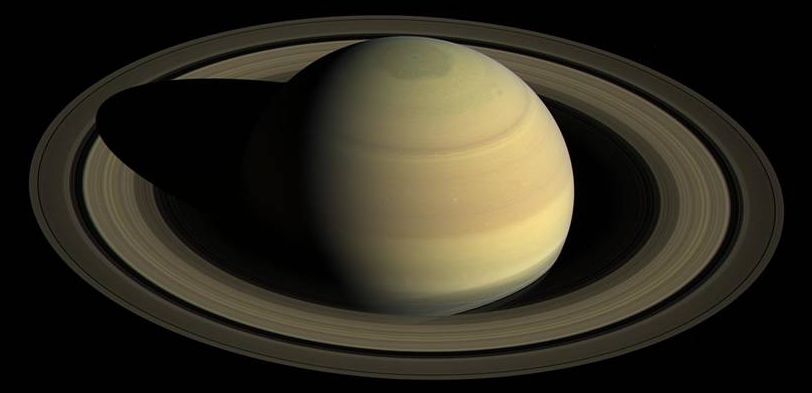

Scientists from NASA Goddard have discovered that not only are Saturn’s rings younger than previously thought, but also that the rings are actually disappearing at a rapid pace through a process called “ring rain.”

The winter solstice, falling on December 21, 2018, will mark the shortest day of the year as well as a full moon in the night sky. The upcoming full moon named the Cold Moon or the Long Night Moon will be visible during the longest night of the year.
The two events don’t perfectly align. The peak full Moon will occur on December 22 at 12:49 p.m. EST while the winter solstice falls a day earlier on December 21. However, to the typical person viewing the moon, it will appear full for several days.
The winter solstice marks a transition period where days begin getting longer in the Northern Hemisphere and shorter in the Southern Hemisphere. The evening of the winter solstice will be the longest of the year for the Northern Hemisphere. This is because Earth’s poles create a maximum tilt away from the Sun in the Northern Hemisphere and maximum tilt toward the Sun in the Southern Hemisphere.
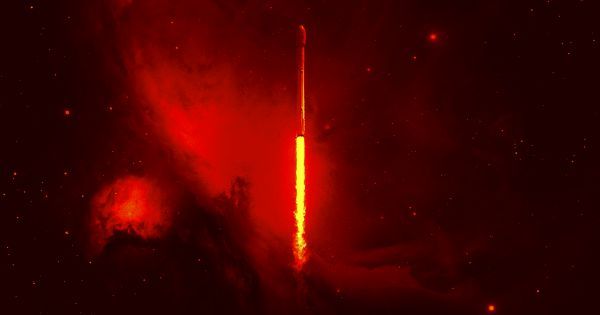

New NASA research confirms that Saturn is losing its iconic rings at the maximum rate estimated from Voyager 1 & 2 observations made decades ago. The rings are being pulled into Saturn by gravity as a dusty rain of ice particles under the influence of Saturn’s magnetic field.
“We estimate that this ‘ring rain’ drains an amount of water products that could fill an Olympic-sized swimming pool from Saturn’s rings in half an hour,” said James O’Donoghue of NASA’s Goddard Space Flight Center in Greenbelt, Maryland. “From this alone, the entire ring system will be gone in 300 million years, but add to this the Cassini-spacecraft measured ring-material detected falling into Saturn’s equator, and the rings have less than 100 million years to live. This is relatively short, compared to Saturn’s age of over 4 billion years.” O’Donoghue is lead author of a study on Saturn’s ring rain appearing in Icarus December 17.
Scientists have long wondered if Saturn was formed with the rings or if the planet acquired them later in life. The new research favors the latter scenario, indicating that they are unlikely to be older than 100 million years, as it would take that long for the C-ring to become what it is today assuming it was once as dense as the B-ring. “We are lucky to be around to see Saturn’s ring system, which appears to be in the middle of its lifetime. However, if rings are temporary, perhaps we just missed out on seeing giant ring systems of Jupiter, Uranus and Neptune, which have only thin ringlets today!” O’Donoghue added.
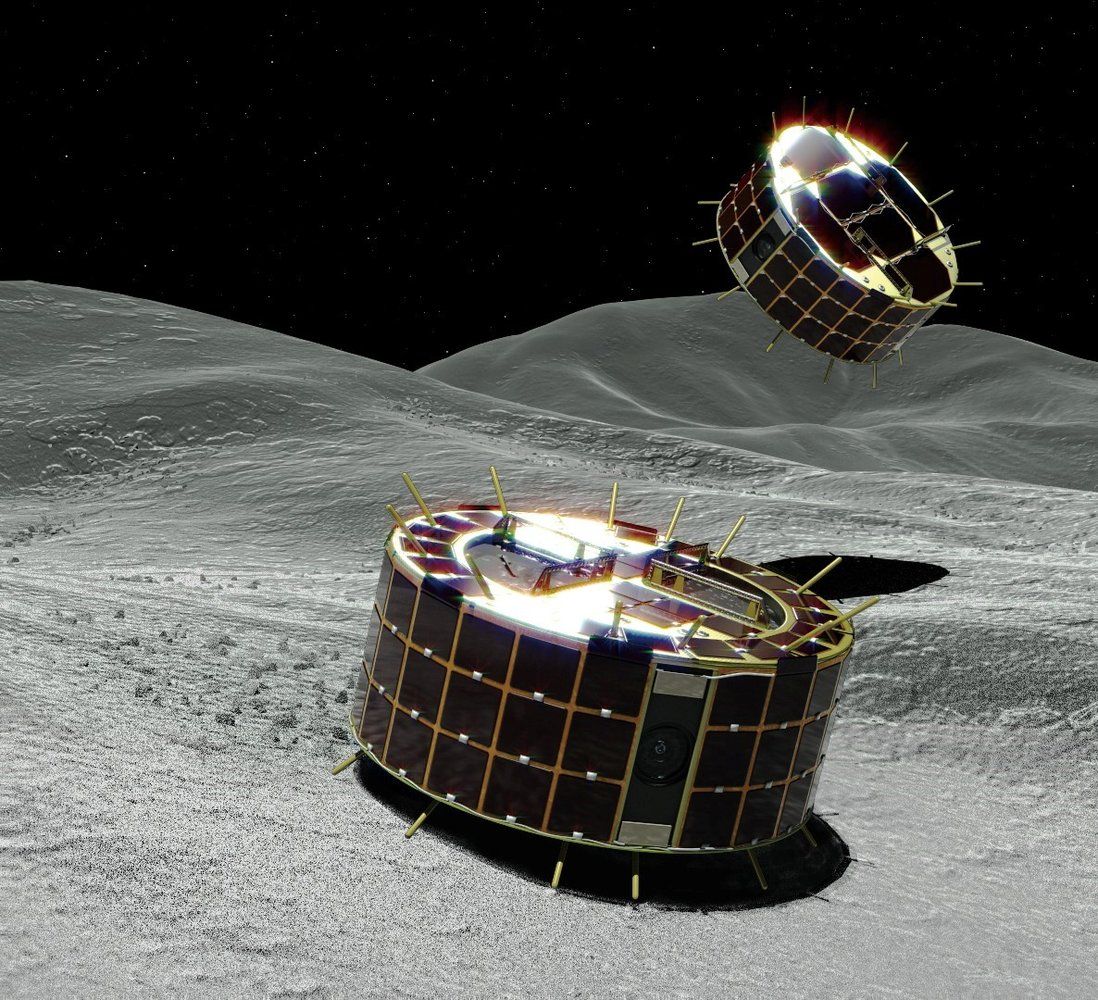
Would you want your children to become Venusian cloud pirates?
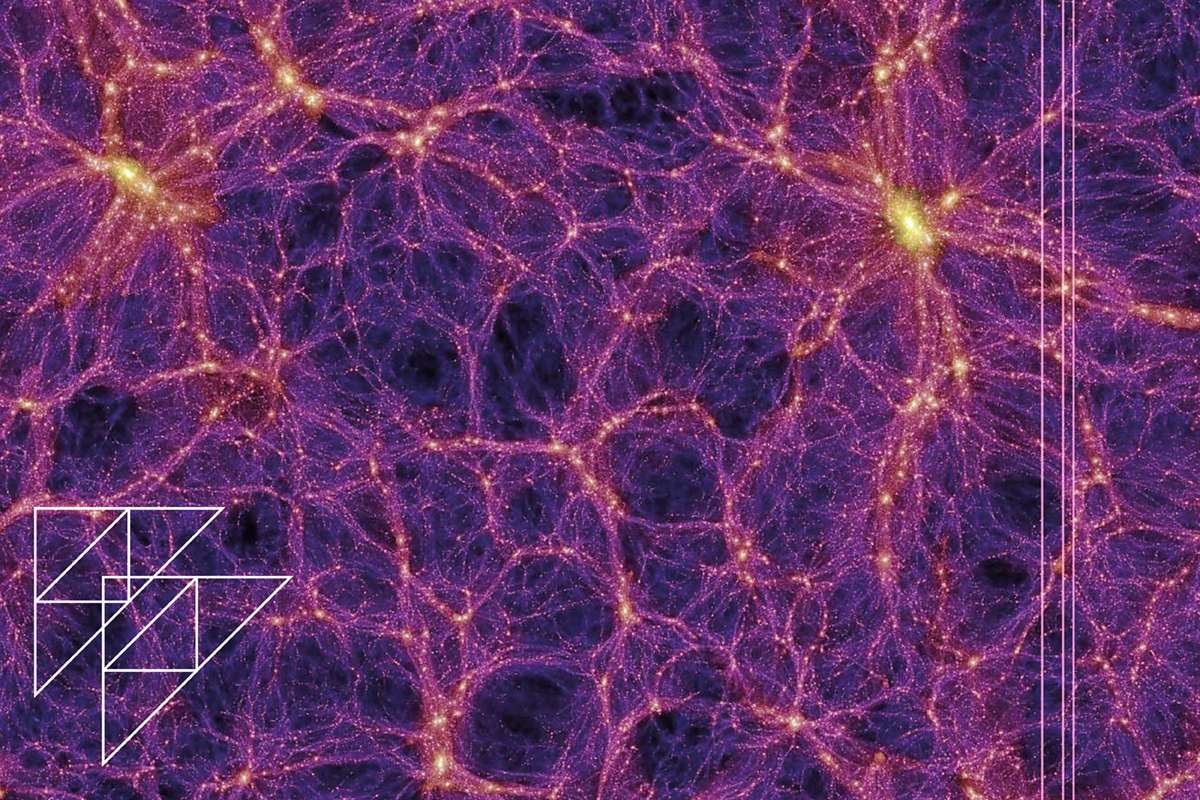
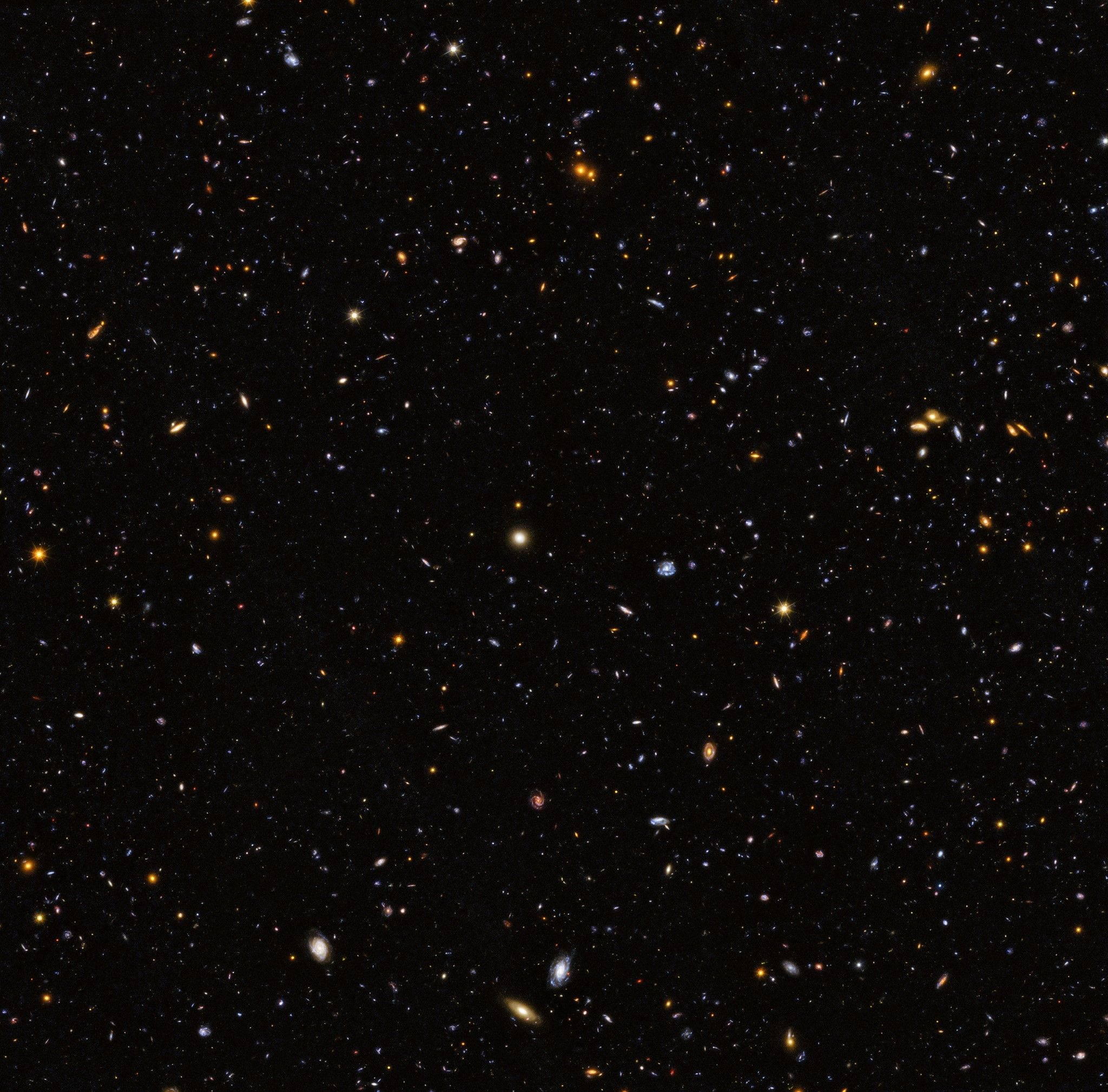
With the addition of ultraviolet light imagery, astronomers using NASA’s Hubble Space Telescope have captured the largest panoramic view of the fire and fury of star birth in the distant universe. Take a look: https://go.nasa.gov/2EmeKVU
And it could eventually make its way into space.